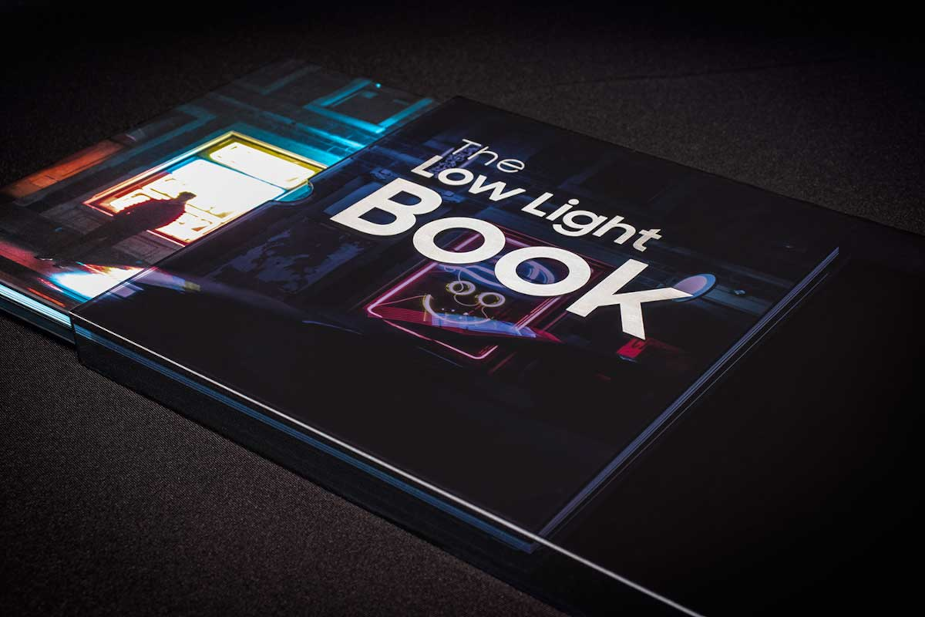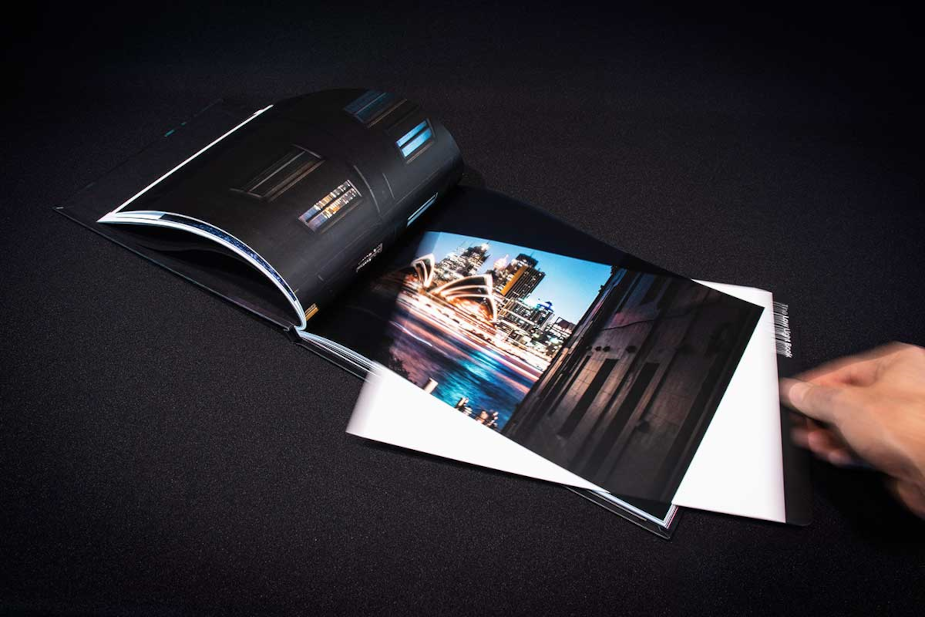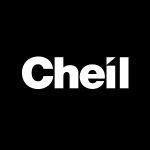
Problem Solved: How Cheil Brought to Life Samsung's Low Light Photography Book

Carlos Baron is the design director for Cheil Australia. He has been working for Cheil for a little shy of five years, and as the design director, his responsibility is to ensure that everything that goes out of the agency has the best possible outcome in terms of design and conceptualisation.
Carlos works closely with the creative director in new client acquisition, to continue growing Cheil's portfolio. He also love to mix it up - not just in strategy and management, but also keeping his creative mind in the present by constantly working on imagery and video content for Cheil's clients and the company.
Samsung Australia is one of Cheil Australia's major clients, and to celebrate the recent launch of the Samsung Galaxy S22 series, Carlos talks about a project that he still holds close to his heart; The Low Light Photography book.
WHAT YOU MADE
I am taking it back to 2018, to the launch of the Samsung Galaxy S9 and S9+. Here, I had the opportunity to create a stand-alone piece with the potential of turning it into an award-winning idea. With this in mind, we created The Low Light Photography Book, a photography book that showcased a collection of images taken only at night with the Samsung Galaxy S9 and S9+.
THE PROBLEM
Our client wanted to showcase the Super Low Light feature capabilities of the Samsung Galaxy S9 and S9+, by creating a book that only featured content taken with the S9 series and demonstrate, in an interactive way, how this new feature could enhance photos taken in low light conditions.
LBB> And after a bit of digging around, what did you discover the ‘real’ problem to be (and what thinking or research brought you there)?
Carlos> It was obvious to me that the real problem was figuring out how to make the project interactive; it instantly gave me a 'creative headache' as I’d like to call it - that feeling of having a lot of ideas but none at the same time. Some weren’t as simple and as direct as I wanted them to be for a book, and from a craftsmanship/production perspective, the ideas I had were difficult for a product that was to be relatively mass produced. So now the problem was not just the idea but also the process of bringing it to life, and making sure it was cost-effective and easy to produce.

The cover of The Low Light Photography Book.
IDEATION
LBB> After breaking down the initial problem, what were your first steps?
Carlos> Definitely getting my sketchbook. I like to slow it down a little, and the sketchbook takes me back to the pen and paper routine. I started by sketching all the ideas that were in my head and then selected the ones I believe were most suitable, to help solve the problem and tackle the brief.
LBB> And how did you arrive at what sort of shape the solution would take? What options or ideas did the ideation process throw out?
Carlos> I got there after a few A3 page sketches, and a few hours of surfing the internet looking at books, architecture, art, Illustration, etc. This is something I do all the time, search for ideas from wherever and whomever.
LBB> Was the problem relatively straightforward to ideate around or were there any blocks or challenges? How did you crack it? Was it a case of having to sift through a multitude of ideas and ‘murder some darlings’ or were ideas quite hard to come by (and why)?
Carlos> After I cracked it, it was very straightforward, at least from a design perspective. One of the challenges was more about choosing the right materials, and figuring out how they were going to achieve the desired effect for print, particularly on the cover. I had to test through a few materials for print.
Funnily enough, after working through my sketches and ideations for materials, I thought I had picked 'the one', so to speak. Instead, while hanging out with my son on a random weekend, one of us accidentally hit the bookshelf (I don’t remember which of us it was), and a few of the books fell. When we went to pick them up I remember thinking how cool the illustrations were (I love children’s books).
One book in particular had this little mobile piece that allows you to see the images clearly when printed on a kind of transparent acetate sheet - and that was the moment I thought that I could apply the same material effect to showcase the Low Light.
LBB> Where did you look for inspiration?
Carlos> Anywhere and everywhere! Ideas are everywhere.

Incorporating the transparent acetate sheet to showcase the low light effect in an interactive way.
PROTOTYPE & DESIGN
LBB> Tell us about what you think were the interesting aspects of the designing and prototyping process.
Carlos> Definitely having the freedom to do something different, out of an ordinary day’s work.
LBB> What were the most interesting conversations or challenges that emerged at this stage?
Carlos> After the concept was approved, there were some doubts in relation to the material, and it being able to showcase the Low Light effect which, I’ll admit, was a little frustrating. So, I did what a graphic designer would usually do in this situation, I created a quick mock-up, and after seeing it in tangible form, everyone was convinced.
LBB> And what sort of talent/collaborators/specialisms did you have to reach out to and work with at this stage, and what did they bring to the mix?
Carlos> The production team definitely helped by coming up with solutions on how to make it tangibly achievable, because even though the concept was simple, it did represent some challenges in terms of production.
LBB> Were there any novel technologies or creative risks that you had to play with, design around and if so, how did you navigate that?
Carlos> I wouldn’t say it was a risk, but it was a challenge to have the right amount of translucency on the box cover so that the photo on the cover could not just be seen, but also accurately reflect the low light effect.

Night images in the book showcasing Samsung Galaxy S9 and S9+ low light effect.
LIVE
LBB> How did testing and iteration factor into your approach to this project and did you face any challenges?
Carlos> I think, apart from the fact that the cover represented its issues, the images printed on acetate sheets inside the book had similar types of challenges. And it came down to how it was printed – in making sure it wasn’t too dark or too light, but just the right amount of light.
LBB> Looking back over the whole project, what were the most personally interesting aspects of it for you?
Carlos> I personally loved having full control over the entire project, from start to finish. I was also happy that the whole process ran nice and smoothly with the client, and barely any changes were requested, a testament that they were happy with the overall concept and result.
LBB> And what results has this project had on your client’s business and to yourself?
Carlos> The Low Light Photography Book helped increase in-store dwell time by 25% week-on-week compared to the previous year. The book also won two awards - the Gold award and the Best of Show award in the Book/Brochure category at the 2019 Mobius Awards.










